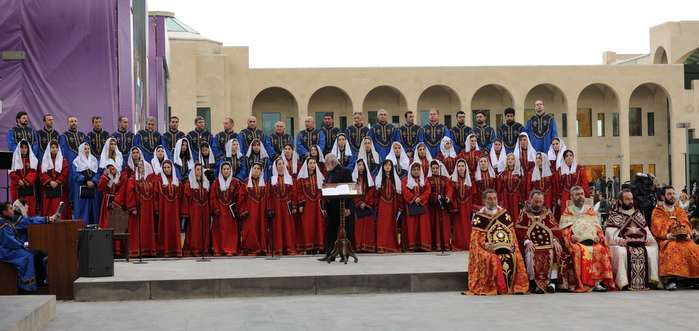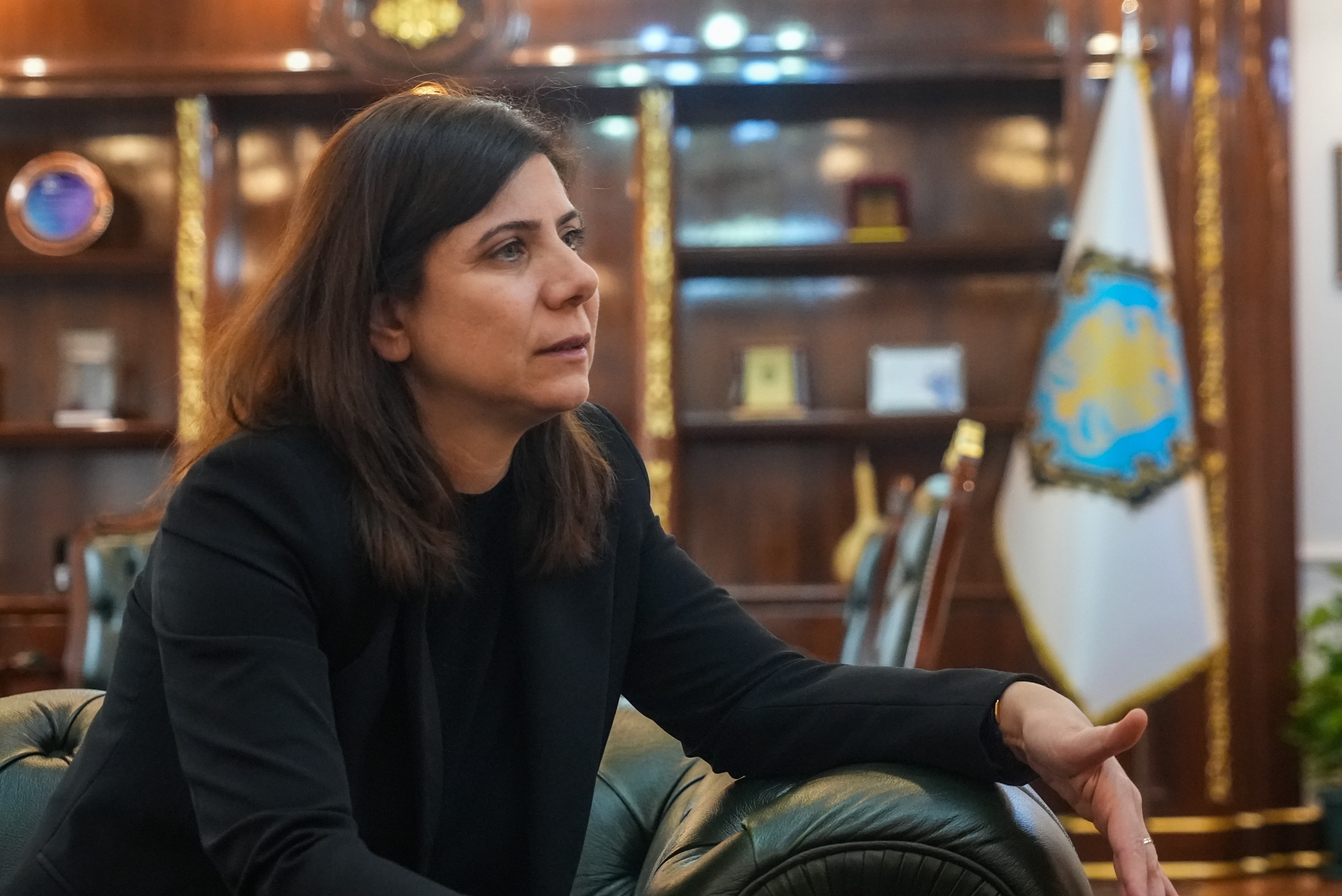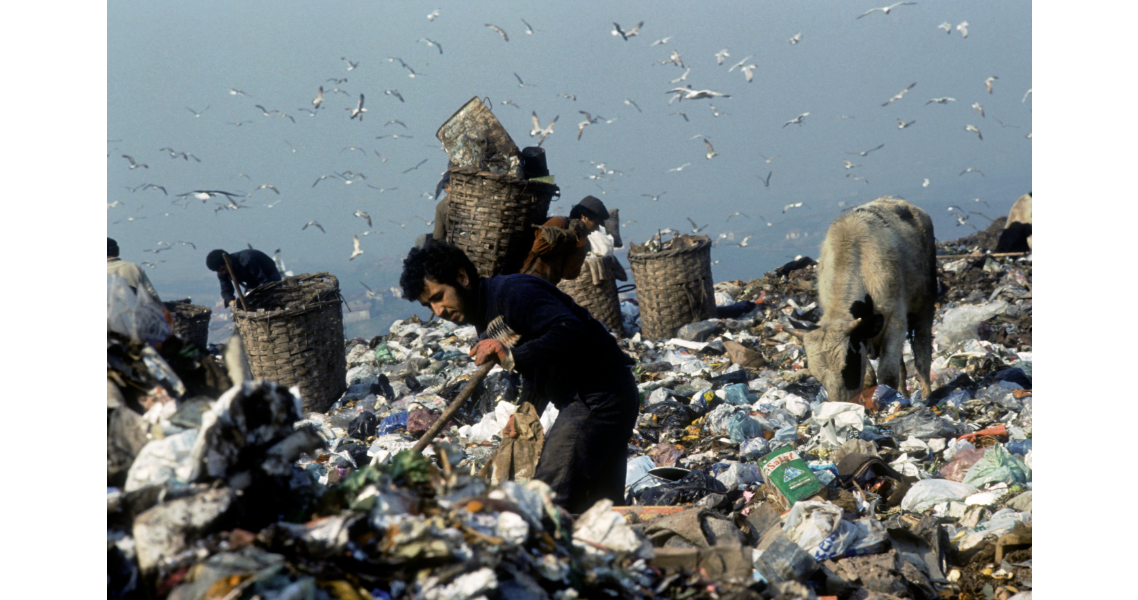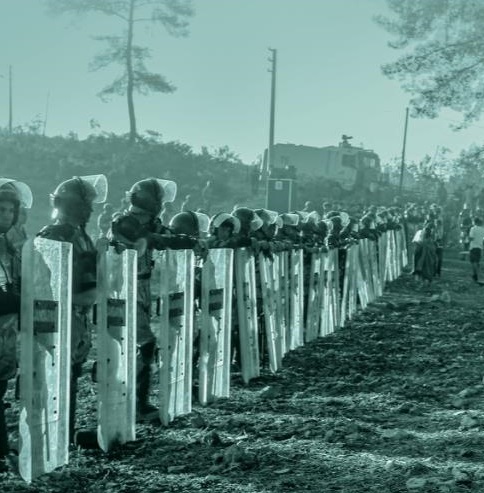We spent the days from 20 to 25 April in Yerevan, where the heart of genocide commemorations was beating, within the scope of the ‘Turkey-Armenia Journalists dialogue Program’ organized by the Hrant Dink Foundation since 2009. Along with Cansu Çamlıbel from Hürriyet, Kadri Gürsel from Milliyet, Ceyda Karan from Cumhuriyet, Hilmi Hacaloğlu from 360tv, Damla Doğan from CNNTürk, Fulya Soybaş from KanalD Haber, Kübra Kara from Yeni Şafak, Selim Efe Erdem from Star and Ali Oktay from Sabah, we had the opportunity to observe the atmosphere of the centennial commemorations.
On April 23, we visited the Genocide Museum at Tsitsernakaberd (The Swallow’s Fortress), which had been under renovation for three years and was reopened on 25 April 2015, under the attentive guidance of the museum’s Director Hayk Demoyan with a special tour that lasted around 2 hours.
Following the renovation, the museum now displays an entirely different design, and high standards supported by the means of digitization. The floor space of the museum has increased two-and-a-half fold, reaching 2500 m2. The museum now includes a total of 12 galleries, 50 sections and 90 thousand items, and takes its visitors on a multilayered journey of memory with various stops.
A document signed by Enver Pasha
The first panel we see features the title ‘Armenians in the Ottoman Empire and Western Armenia’. This section presents the collective life in the pre-1915 period with photographs, objects and data.
It is not difficult to guess the content of the following panels: The massacres carried out by the Hamidiye Corps in the 1894-1896 period, the 1909 Adana Massacre, World War I, and then, 1915 and its aftermath… Demoyan kindly has an original document brought out for our attention. This document, featuring the original signature of the War Minister Enver Pasha, is the Letter of Commendation of Commander Sarkis Torosyan, presented to him for excellence in duty.
The panels that assume an increasingly sombre mood fall into absolute darkness in 1915 and its aftermath… 1915 begins with the capture of intellectuals; their photographs and the originals of some of the final letters they wrote to their families are also displayed in the museum. Then comes a dead-end street, or photographs of the gradually increasing atrocities… In the section reserved for ‘women and children’ we observe the heartrending photographs of first a crucified child showing the wounds on his hands, and then a photograph taken in Aleppo, where a child who acts like a jackal and bites human beings because he was forced to live with animals for a long time in the desert.
The objects displayed in the museum are also striking, they include the bullet which Hayganuş Eghikian, shot by a Turkish soldier in 1915, carried in her body, under her breast for 60 years, or the portion of rice, now a century old, given to children at the orphanages.
One of the most outstanding sections of the museum is the one featuring digital panels displaying the past and present of Anatolia’s cultural heritage. The pre- and post-1915 state of many buildings across Anatolia tell us in the most direct manner how a country was rendered barren and abandoned.
Hrant Dink assassination also featured in the museum
The final panel has been reserved for the Hrant Dink assassination; a photograph from the crime scene, the infamous photograph of Ogün Samast at the police station, flanked by friendly police officers, and also a photograph of the hundreds of thousands of people marching at Hrant Dink’s funeral. Hayk Demoyan comments: “Hrant Dink’s murder was a very tragic event, we wanted to show the tragedy, but also reflect the hope. The tens of thousands of people marching on that day are still a minority, but it is our hope that they will increase in number.”
It is not an easy experience to walk around the Genocide Museum and witness the truth of more than a century. And when you leave the museum and head towards the Genocide Memorial, all the emotions that have welled up inside you blend with the eternal fire burning at the centre of the memorial.
A prayer at Etchmiadzin and beyond…
The same day, we head towards the holy Etchmiadzin Church to take part in one of the most meaningful ceremonies of the century, which will commence at 5 PM.
The ceremony is held in open air. Religious clergy from all corners of the world begin to emerge from the church accompanied by the chiming of the bells. Following the appearance of Karekin II, the Catholicos of All Armenians, the public joins the clergy and progress towards the altar in open air.
Only invitation holders are allowed into the section that takes 600-700 people. In the remaining section, the public watches the ceremony from giant screens, some standing, some sitting on the grass. Armenians from all corners of the world, from France, Argentina, Iran, the USA, Uruguay, Australia and many others, pray collectively.
In his emotional speech, Karekin II, the Catholicos of All Armenians, says: “In the terrifying days of the Armenian Genocide, millions of our people were forcibly deported and massacred, they were put to fire and sword, they tasted the bitter fruit of torture and suffering. The canonization of our Genocide martyrs, grants a new life, a new breath, holiness and pride to our national and religious life”.
At 7 PM, live connections were made to churches around the world. When Pope Francis appeared on the screen, a great applause of gratitude broke out. Yet the fact that church bells did not chime in Istanbul, and the silence that dominated the lands that were the scene of the crime committed a hundred years ago was disheartening when considered along with the memory of all we lost. Then, at 19:15, the bells of the church rang a hundred times, and for the duration of five minutes, everyone sent their prayers out to their lost beloved ones in respectful silence.





